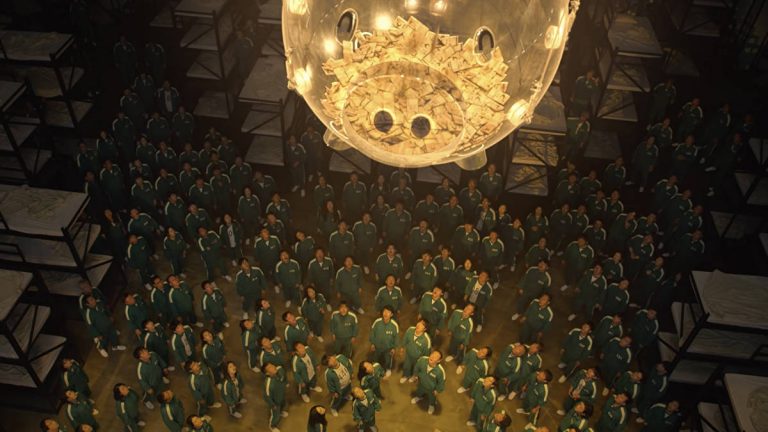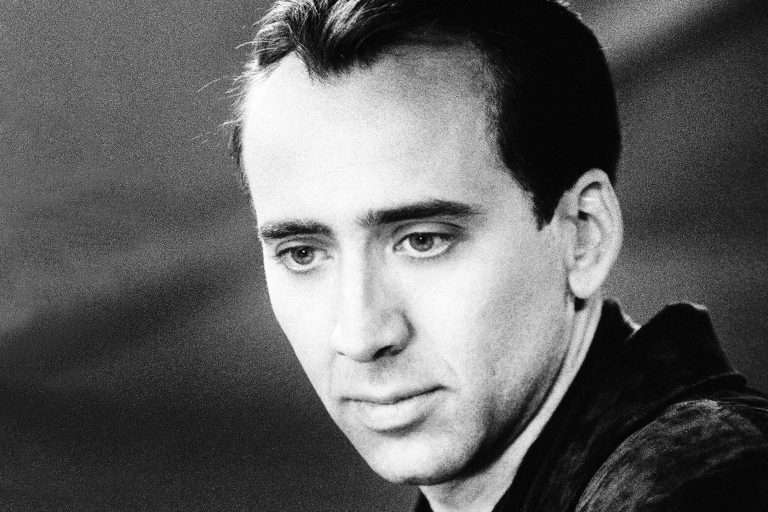In the world of cinema, few things captivate an audience more than a well-timed plot twist. It grabs attention, reshapes the storyline, and leaves a lasting impression. What if we told you the same technique can be applied to academic essay writing? By infusing your essays with a cinematic edge—using twists, suspense, and structure—you can create compelling arguments that keep your readers engaged from the introduction to the conclusion.
Academic writing is often seen as a rigid process—structured, formal, and predictable. However, adding narrative flair can enhance the reader’s experience without compromising scholarly integrity. Just like a director sets the tone in a film’s opening scene, a writer establishes their essay’s direction with a strong thesis statement. This is your narrative’s foundation, the guiding principle that hints at what’s to come, but doesn’t give everything away.
When students face tight deadlines, creativity often takes a backseat to urgency. Many students go to MyAssignmentHelp, who offer last-minute essay writing service, to meet deadlines without compromising on quality. By analyzing the techniques used in these professional essays, students can learn how to craft narrative arcs that rival even the most compelling screenplays.
Setting the Stage: Crafting a Powerful Introduction
Like a movie’s opening scene, an essay’s introduction must hook the audience. Start with a quote, an anecdote, or a startling statistic to build intrigue. This is where you introduce your thesis—your essay’s “plot.” It should clearly state your argument while hinting at complexity, leaving room for the “twists” that will unfold in the body paragraphs.
A cinematic thesis statement isn’t about deception; it’s about layered arguments. Think of it as the promise of a journey, not the full itinerary. This allows your essay to evolve naturally, presenting ideas in a way that surprises but still feels logical and intentional.
Rising Action: Developing the Body Paragraphs
In films, the plot thickens as the story progresses—characters grow, conflicts arise, and tension builds. Your body paragraphs should follow a similar rhythm. Begin each with a clear topic sentence that advances your thesis, but allow room for nuanced argumentation. Introduce evidence gradually, layering it like dialogue and setting in a film.
Don’t be afraid to challenge assumptions. Present a common viewpoint, then flip it with a counterargument or surprising data. This creates an intellectual plot twist that keeps readers engaged. It also demonstrates critical thinking—a quality every professor values.
Transitions act like scene changes. Use them to move the reader smoothly between points, building suspense and maintaining narrative flow. Instead of saying “Additionally,” try phrases like “But what if…” or “Yet beneath the surface…” to inject drama.
The Twist: Reframing the Argument
A successful plot twist in film is both unexpected and inevitable. In essay writing, this can occur when a point reframes the entire argument. This might involve presenting a particularly compelling counterpoint, revealing a new interpretation of evidence, or synthesizing ideas in a way the reader hadn’t anticipated.
This twist should not undermine your thesis, but rather reinforce it through a broader or more insightful lens. It gives the essay depth and rewards the reader for staying engaged. Academic readers appreciate complexity, and offering a thoughtful pivot shows mastery of the subject.
Climax and Resolution: Writing the Conclusion
Every great film needs a satisfying conclusion, and the same applies to essays. Your final paragraph should resolve the central argument without simply repeating earlier points. Instead, reflect on the implications of your findings—how do they connect to broader themes? What questions remain unanswered?
This is your chance to leave a lasting impression. Reconnect with the essay’s thesis, now transformed by the journey. A cinematic conclusion ties together every subplot, offers resolution, and maybe even leaves room for a sequel—further research or continued debate.
Bonus Tip: Borrow Techniques from Screenwriting
Want your essay to really stand out? Incorporate storytelling techniques from screenwriting:
- Foreshadowing: Hint at major arguments early in the essay.
- Character Development: If writing about historical figures or authors, treat them like characters whose decisions and growth drive the plot.
- Symbolism: Use recurring themes or motifs to reinforce your message.
These methods elevate your essay from a collection of paragraphs to a cohesive, engaging narrative. Just like a good film, a well-crafted essay should inform, entertain, and provoke thought.
Final Takeaway
Writing essays doesn’t have to feel like a mechanical task. With a cinematic mindset, your arguments can flow like scenes in a movie—each with purpose, emotion, and tension. Whether you’re working ahead or scrambling with hours to spare and need a last minute essay writing service, remember: strong thesis statements and strategic “plot twists” can transform your academic writing into something truly unforgettable.
So next time you sit down to write, channel your inner director. Frame your thesis, stage your arguments, and don’t be afraid to surprise your reader. The result? An essay with not just structure, but style.






